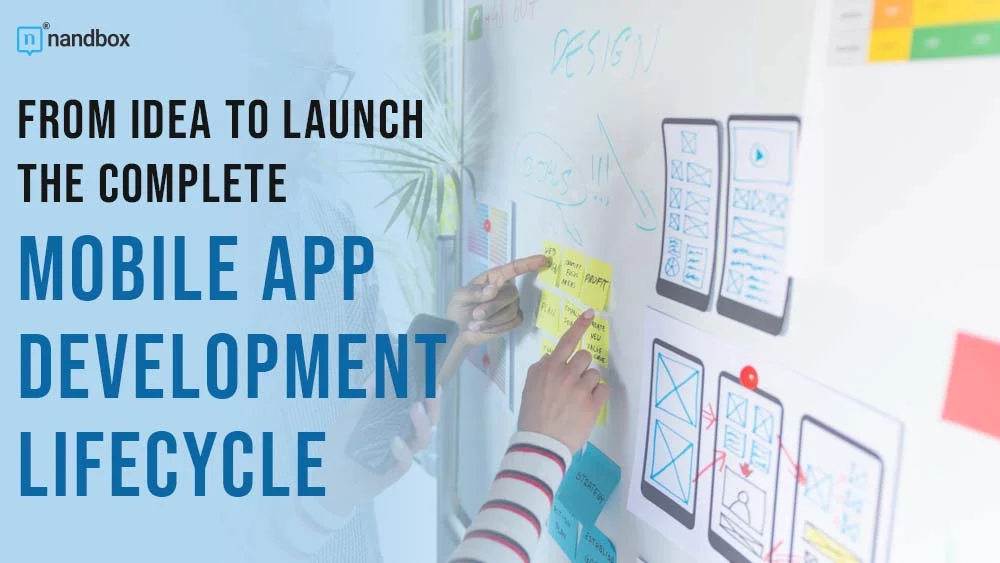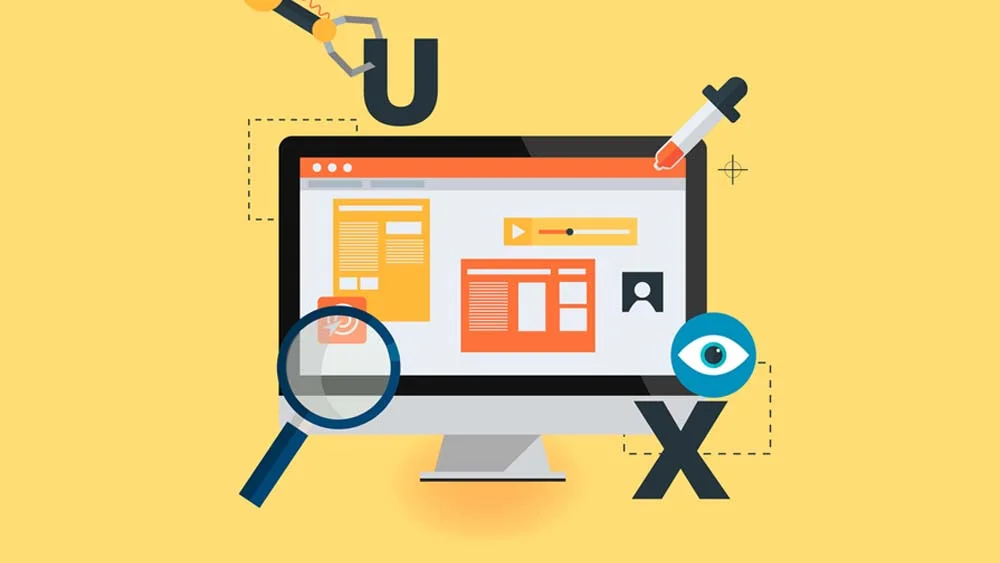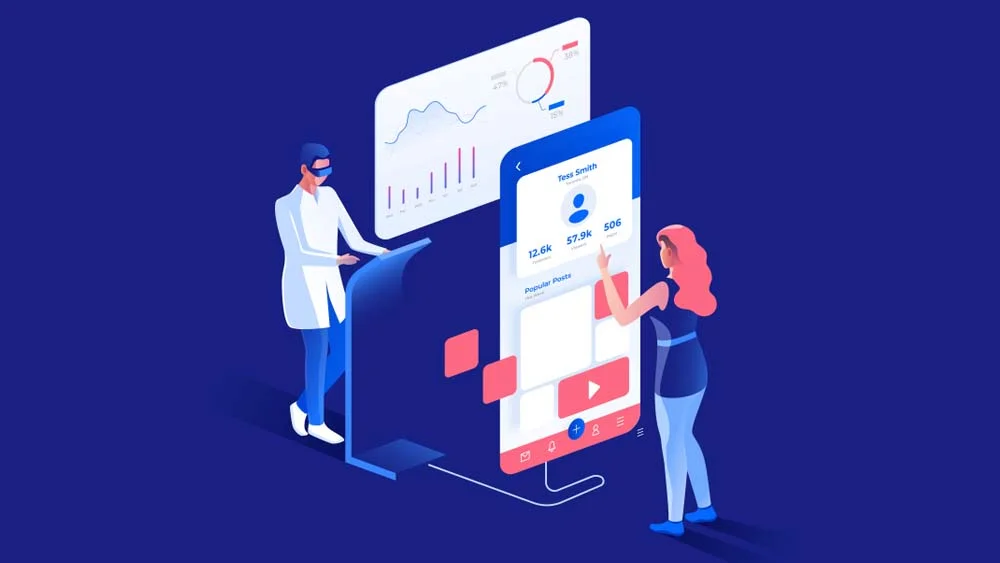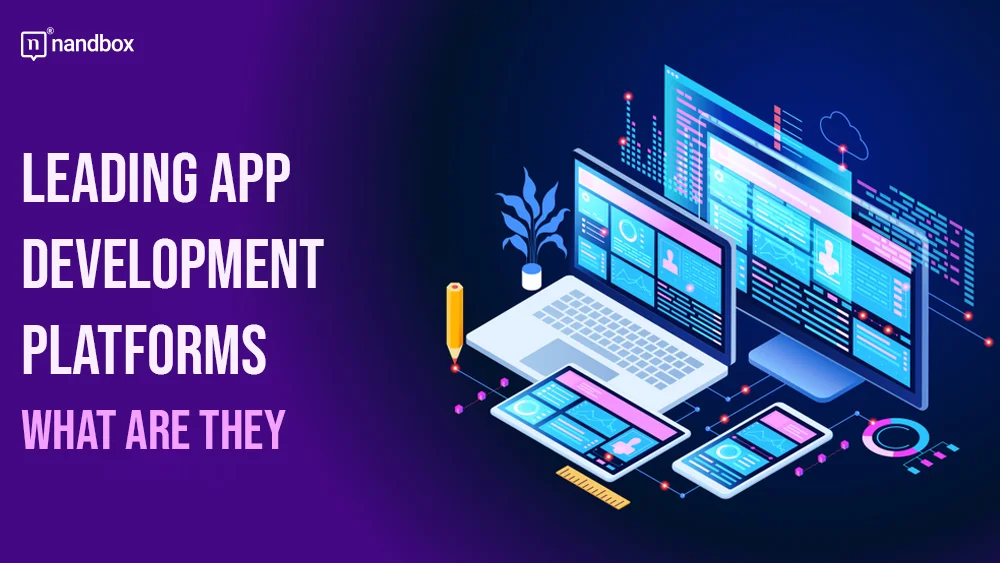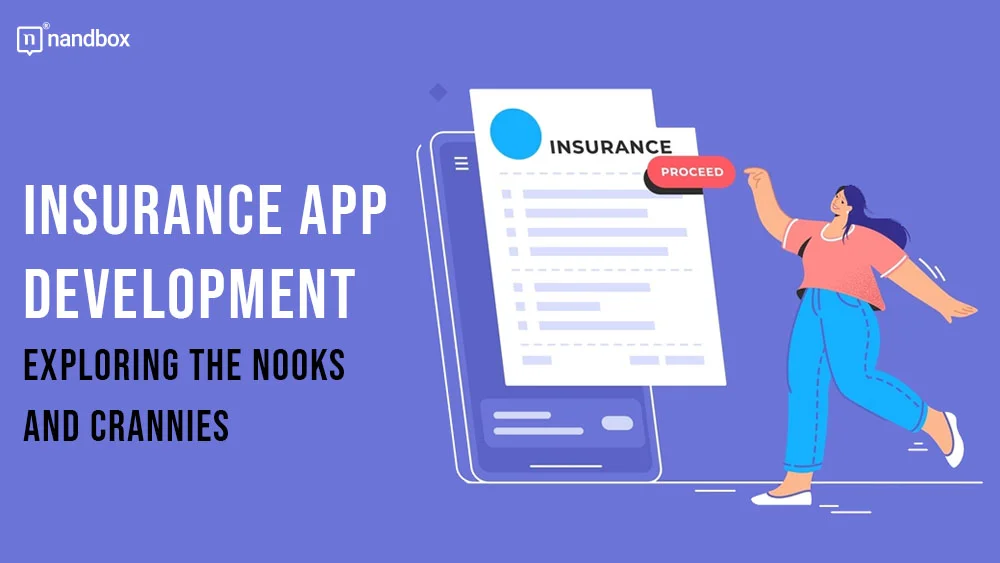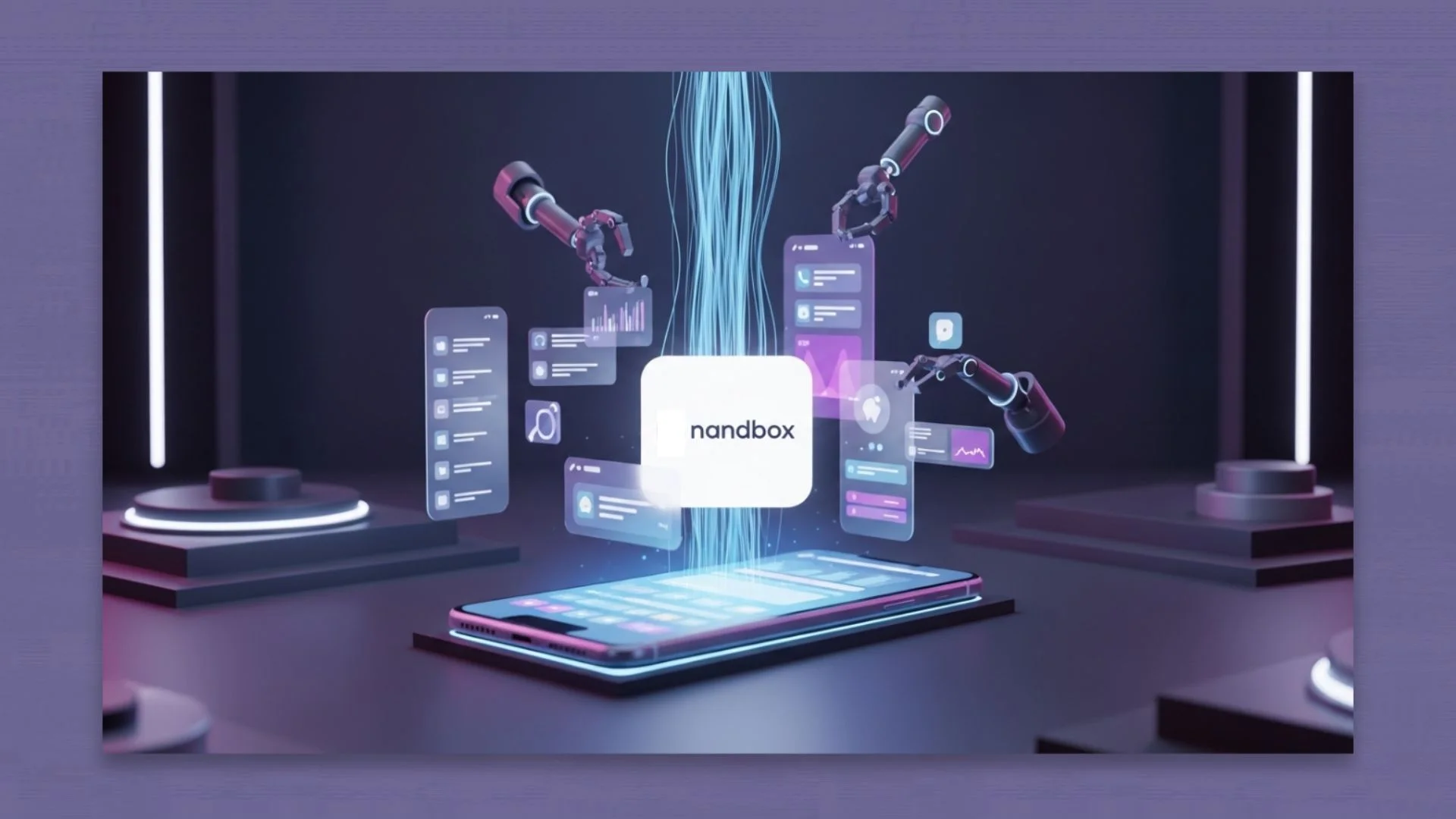In today’s digital age, mobile apps have become essential tools for businesses and individuals alike. They enhance user engagement, streamline processes, and offer unique solutions to various challenges. However, the journey from a mere idea to a fully functional mobile app is a complex process that requires careful planning and execution. This article will walk you through the complete mobile app development lifecycle, ensuring your app is successful from inception to launch.
Ideation and Conceptualization
“The first step in the mobile app development lifecycle is ideation and conceptualization. This phase involves brainstorming and refining your app idea. Consider the problem your app will solve, its target audience, and its unique selling proposition. Conduct market research to identify potential competitors and understand user needs. The goal is to create a clear and compelling concept that addresses a specific gap in the market. During ideation, gather insights from potential users, stakeholders, and industry experts. Create user personas to represent your target audience and understand their pain points, preferences, and behaviors. This information will guide your app’s features and design, ensuring it meets user expectations and provides real value.
– Stuart Broad, Marketing Manager at First Aid Training For Schools
Defining Goals and Objectives
Once you have a solid app idea, it’s crucial to define your goals and objectives. What do you hope to achieve with your app? Are you looking to increase brand awareness, generate revenue, or provide a service? Setting clear, measurable goals will guide your development process and help you stay focused on what’s important. Use SMART (Specific, Measurable, Achievable, Relevant, Time-bound) criteria to ensure your objectives are well-defined. For example, if your goal is to increase user engagement, set specific targets such as achieving a certain number of downloads, daily active users, or user retention rates within a specified timeframe. Clear goals and objectives will also help you measure the success of your app post-launch.
– Tim Parker, Director at Syntax Integration
Creating a Detailed Plan
With your goals in place, the next step is to create a detailed project plan. This plan should outline the development timeline, key milestones, budget, and resources required. Break down the development process into manageable tasks and assign responsibilities to team members. A well-structured plan will help you stay organized and ensure that all aspects of the project are covered. Include a timeline that details each phase of development, from initial design to final testing and launch. Allocate resources efficiently, ensuring you have the necessary talent, tools, and budget to meet your project deadlines. Regularly review and adjust your plan to address any changes or challenges that arise during development.
– Gemma Hughes, Global Marketing Manager at iGrafx
Designing the User Experience (UX)
Designing the user experience (UX) is a critical phase in app development. A good UX design ensures that your app is intuitive, user-friendly, and engaging. Start by creating wireframes and mockups to visualize the app’s layout and functionality. Conduct usability testing to gather feedback and make necessary adjustments. The goal is to create a seamless experience that meets user expectations and enhances satisfaction. Focus on creating a clean, intuitive interface that makes it easy for users to navigate your app. Pay attention to details such as button placement, font size, color schemes, and interactive elements. Usability testing with real users will help identify potential issues and areas for improvement, ensuring your app delivers a positive experience from the first interaction.
– Adam Crossling, Marketing & New Business Director at zenzero
Development and Coding
Once the design is finalized, it’s time to move on to development and coding. This phase involves converting your designs into a working app using appropriate programming languages and frameworks. Depending on your app’s complexity, you may need to develop both front-end and back-end components. It’s essential to follow best coding practices and ensure that your code is clean, efficient, and scalable. During development, maintain clear communication with your team to address any technical challenges and ensure everyone is aligned with the project goals. Regularly test individual components and modules to catch and resolve issues early. Consider using agile development methodologies to enable iterative development and continuous improvement.
– Ben Flynn, Manager at Homefield IT
Testing and Quality Assurance
Testing and quality assurance are crucial to the success of your mobile app. Conduct thorough testing to identify and fix any bugs or issues. This includes functional testing, performance testing, security testing, and user acceptance testing (UAT). Testing ensures that your app performs well under various conditions and provides a smooth user experience. It’s also important to gather feedback from real users and make necessary improvements. Implement a comprehensive testing strategy that covers all aspects of your app, from basic functionality to edge cases and stress tests. Use automated testing tools to streamline the process and improve efficiency. User acceptance testing (UAT) involves having actual users test the app in real-world scenarios to ensure it meets their needs and expectations.
– Corey Longhurst, Head of Growth at LegalOn
Preparing for Launch
As the development and testing phases are near completion, it’s time to prepare for the app launch. This involves creating a marketing and promotion strategy to generate buzz and attract users. Optimize your app store listing with compelling descriptions, keywords, and visuals. Prepare press releases, blog posts, and social media campaigns to reach your target audience. Additionally, ensure that your app complies with all app store guidelines and requirements. Develop a launch plan that includes pre-launch activities, launch day events, and post-launch follow-ups. Collaborate with influencers, bloggers, and media outlets to amplify your app’s visibility. Ensure your app store listing is polished and informative, with high-quality screenshots, videos, and a clear description of your app’s features and benefits.
– Gerrid Smith, Chief Marketing Officer at Joy Organics
Post-Launch Activities
The app development lifecycle doesn’t end with the launch. Post-launch activities are crucial for the ongoing success of your app. Monitor app performance using analytics tools to track user engagement, retention, and other key metrics. Gather user feedback to identify areas for improvement and release regular updates to enhance functionality and fix any issues. Providing excellent customer support and engaging with your users will help build a loyal user base. Use analytics tools to gain insights into user behavior, identify trends, and measure the effectiveness of your marketing efforts. Regularly update your app to introduce new features, improve performance, and address user feedback. Engage with your users through social media, email newsletters, and in-app messages to maintain a strong relationship and foster loyalty.
– Paul Phelps, Managing Director at SOLENT POWER
Conclusion
Developing a mobile app is a multifaceted process that requires careful planning, execution, and continuous improvement. From the initial idea to the post-launch activities, each phase plays a vital role in ensuring the success of your app. By following this comprehensive mobile app development lifecycle, you can create a high-quality app that meets user needs, achieves your business goals, and stands out in the competitive app market. Remember, the key to a successful app lies in understanding your audience, setting clear objectives, and maintaining a commitment to quality throughout the development process.
